I use hands-on projects to help generate intrinsic motivation (see ch. 8; Clanton Harpine, 2008). It is not possible for a teacher, parent, or tutor to motivate a student, but you can create a motivating environment (see ch. 6 in Clanton Harpine, 2015). The group-centered format is perfect for creating an intrinsically motivational environment. At each session in my reading programs, the students travel from workstation to workstation to practice vowel clustering by reading, decoding, encoding, and working with the words being introduced that day. Workstations with individualized rotation increase intrinsic motivation and individualize instruction. Individualized instruction is essential for intrinsic motivation.
Each day, a different vowel cluster is taught at the workstations with both my Camp Sharigan (Clanton Harpine, 2011) program and my Reading Orienteering Club (see ch. 4, Clanton Harpine, 2013) after-school program. To increase intrinsic motivation, the students use the words they are learning to work with and place these words on puppets, rockets, and a variety of other hands-on projects. Completing a project helps struggling students learn organizational skills and learn to read and follow directions. The students work hard to complete their projects. The hands-on puppet projects are used for a puppet play at the end of the week at both Camp Sharigan and the Reading Orienteering Club.
These hands-on projects become teaching tools and are also motivational tools to encourage students to want to learn. They are not simply arts and crafts projects; they are a teaching technique placed within a supportive group-centered prevention program that focuses on both teaching and counseling. I want to undo the harms of reading failure. I want to encourage children to try again and believe that they can learn to read. Intrinsic motivation works hand-in-hand with vowel clustering because students must have skills if they are going to believe that they can read and then build an internal desire to read. A progressive step system of learning is essential in rebuilding an intrinsic desire to learn.
Click on images to go to Springer website where chapter downloads are available. The books are also listed on Amazon.
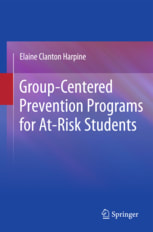

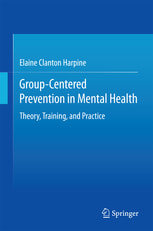
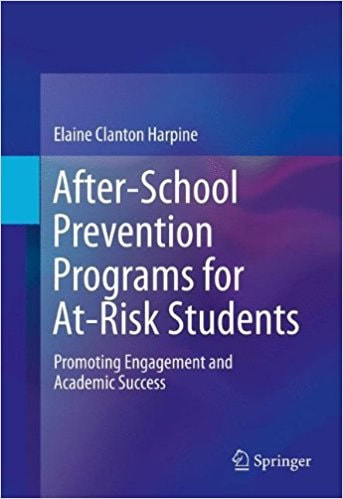
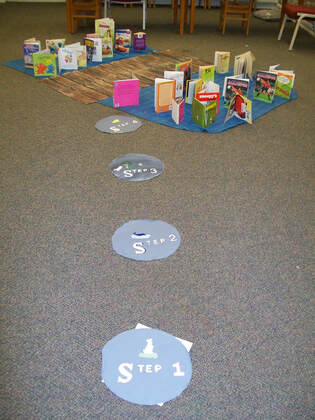
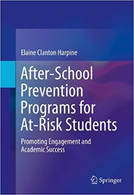
 RSS Feed
RSS Feed
